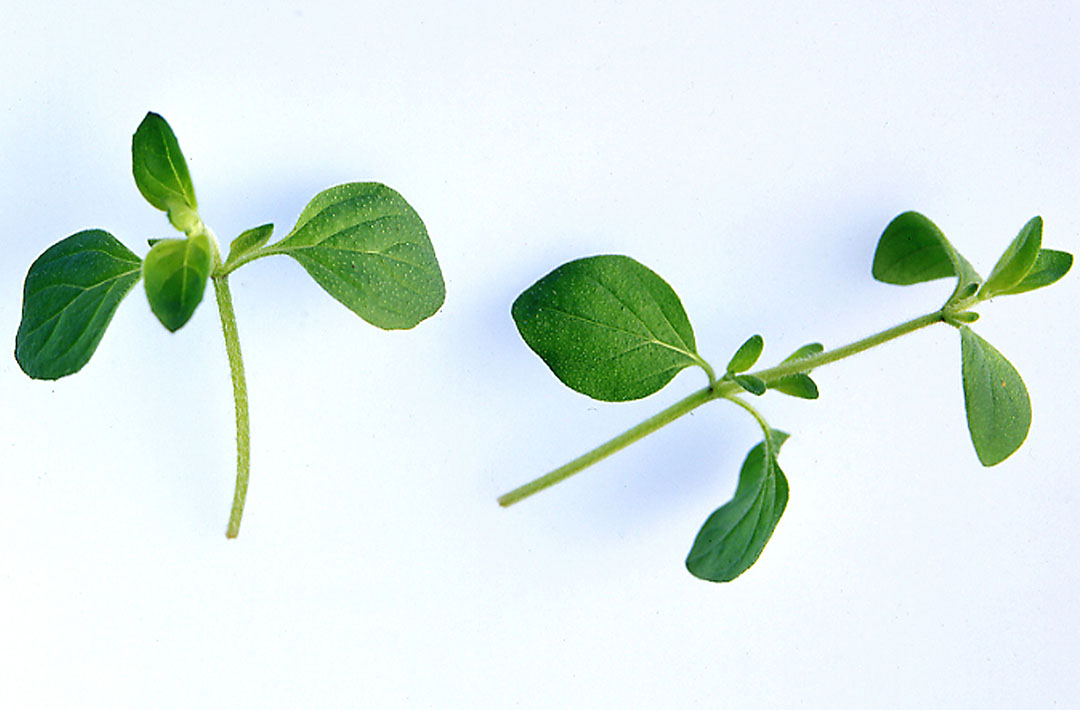Plant based extract: What’s the plan?

Products inspired from natural substances seem to fit perfectly with the current needs of the industry. Current challenges for animal feeding related to feed demedicalisation offer great possibilities for the application of botanical extracts. After significant efforts from the community to reduce the use of colistin, zinc oxide and amoxicillin, coccidiostats are now being targeted. No one can ignore the beneficial effects of plant extracts as an alternative.
Regulatory of plant extracts
In a European regulatory context for the re-evaluation of plant extracts, the future of these innovative solutions has potentially been compromised. Although FEFANA’s (European Association of Specialty Feed Ingredients and their Mixture) Consortium FFAC (Feed Flavouring Authorization Consortium) still supports 190 raw materials, 70 of them are no more supported by the industry.
According to AFCA CIAL (The Supplements Manufacturers Association for Animal Feed), the main reason these raw materials are no more supported is the complexity of documents required in order to obtain an authorisation on the market. Indeed, the wide diversity of plant extracts (extraction method, variability in solvents, etc.) and their compounds (breed, origin, etc.) lead to technical difficulties defining them from an analytical point of view. And of course, the costs to run these studies are relatively high. Not supporting these feed additives will lead to their removal from the market and will further restrict the list of additives available for formulation.
Member companies of the FFAC continue to fight to ensure a future for this category of promising raw materials. Final products using these natural raw materials are mostly recognised in Europe as “sensory additives” with aromatic properties for feed. This regulatory category does not allow claims to be made relating to performance improvement (body weight gain or feed efficiency). Concerning claims relating to disease prevention or treatment, they are restricted to veterinary products. This framework strictly limits communications from manufacturers and undermines the efficacy of these products, even though recognised in nutrition.
Upgrade to zootechnical additive
In Europe, additives are generally classified in 5 categories defining the extent of their effects. According to the European regulation (reg 1831/2003 CE) the majority of products based on plant extracts are only authorised as “sensory additives”. In order to prove the real zootechnical efficacy of their product, suppliers have the possibility of submitting an authorisation dossier to have it upgraded to a zootechnical additive by the European Commission (EC).
The EC mandates the EFSA (European Food Safety Authority) to initiate a full evaluation of the additive in order to obtain an assessment from the latter. Based on this assessment, the European Commission will be able to authorise the product as a “zootechnical additive” category.
This assessment allows the company to communicate about performance aspects.
In this context, in 2015, Pancosma, a Swiss company located in Geneva, introduced the first zootechnical additive for broilers based on natural active ingredients to the European market. This project, initiated in 2013, unified and mobilised the company’s skills and labour for one singular goal: to meet the requirements of the EFSA’s specialists. The dossier included information about the ingredients (manufacturing, purity, safety, etc.), their traceability (transparent formula) in the new additive or in final feed, the manufacturing process and quality control. Then, the assessment addressed performance effects. Following the reception of a positive opinion in February 2015, a publication in the official journal finalised the market authorisation process in September 2015.
Trial results
Over the years, the product was tested in more than one hundred commercial farms and universities across the world. These trials proved the reliability of the zootechnical performance results on broilers. Several external reports were submitted to the EFSA for assessment during the registration process. The committee provided statistical models and guidelines to realise data analyses.
Trials with a design in line with EFSA guidelines on the demonstration of efficacy were submitted to EFSA’s committee. They presented clear performance improvements in broilers receiving the additive. Broilers receiving a feed supplemented with XTRACT at a dose of 100 g/t showed a better final body weight and feed conversion ratio. In addition, all existing results were gathered in a meta-analysis published in 2015 (Oguey et al., 2015) showing consistency in the product’s effects (Figure 1).
Figure 1 – The effect of feed additive on growth, feed efficiency and AME (Oguey et al., 2015).

In addition, widely published data have demonstrated the effect of this additive on carcasses (yield improvement and quality of pieces). These gains are possible thanks to several product properties:
- A better feed digestibility (exploitation of fats and proteins)
- A better epithelium integrity of the digestive tract and an improvement in the ability to absorb available nutriments
- A decrease in maintenance requirements of the animal
What about other markets?
The benefits of such registration in Europe are well documented. Indeed, the customer has an additional guarantee on the reliability of the supplier and its product. What about other markets? “It was very impressive to observe the benefits of zootechnical registration outside Europe. We tend to underestimate the impact of European regulation on other countries. Indeed, lots of countries exporting to the EU are inspired by and follow our advancements closely. Those from these other countries were particularly appreciative of this registration. Finally, on the other side of Atlantic these types of natural growth promoters are very well appreciated because of the ban of antibiotics!” explains Jennifer Maurin, business development manager for plant extract ranges at Pancosma. Although it was the first additive in its category (4.d), 2 other products have more recently been awarded this status, meaning there are now three additives based on plant extracts approved for poultry as zootechnical additives by the European Union Commission.











